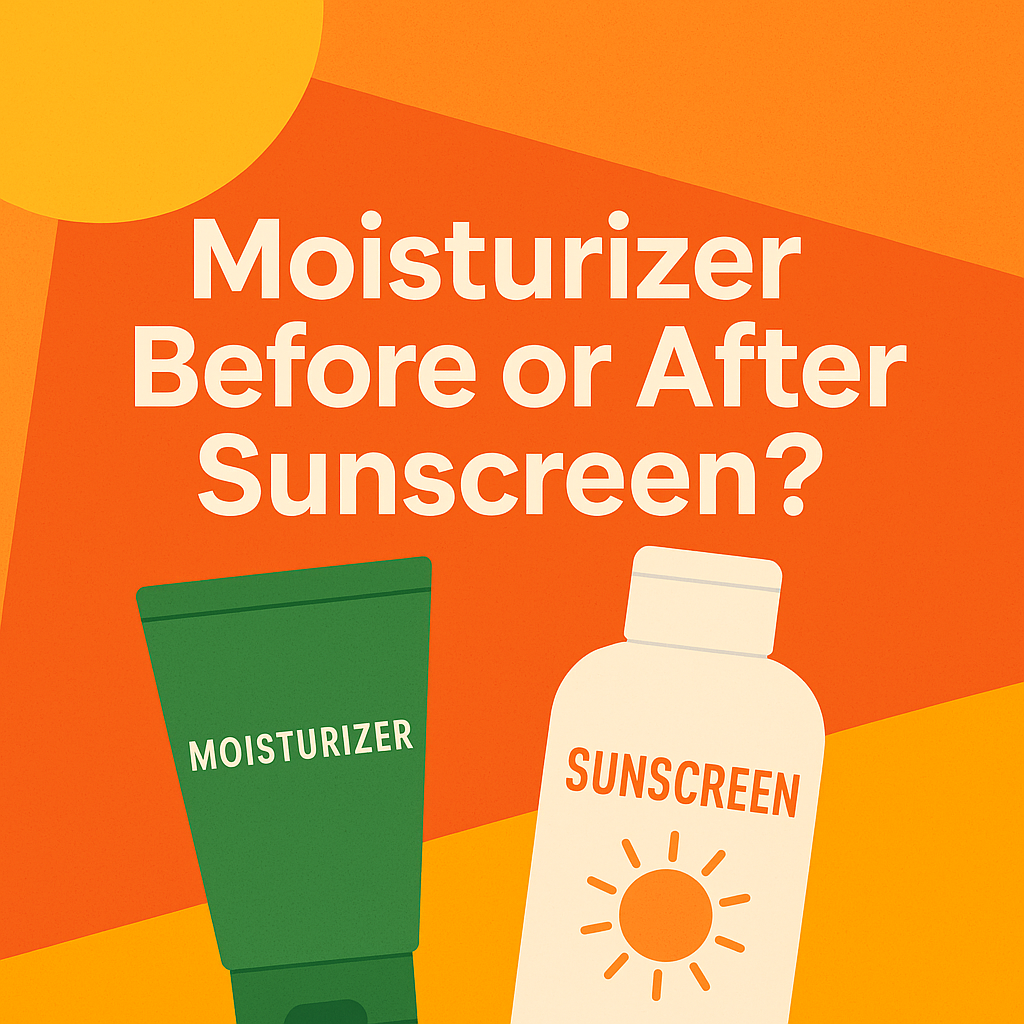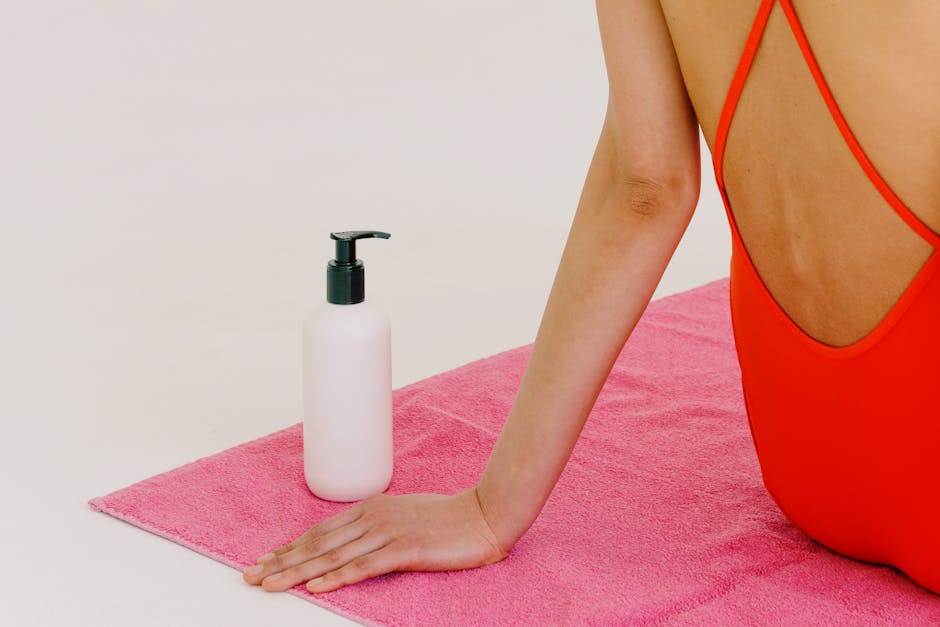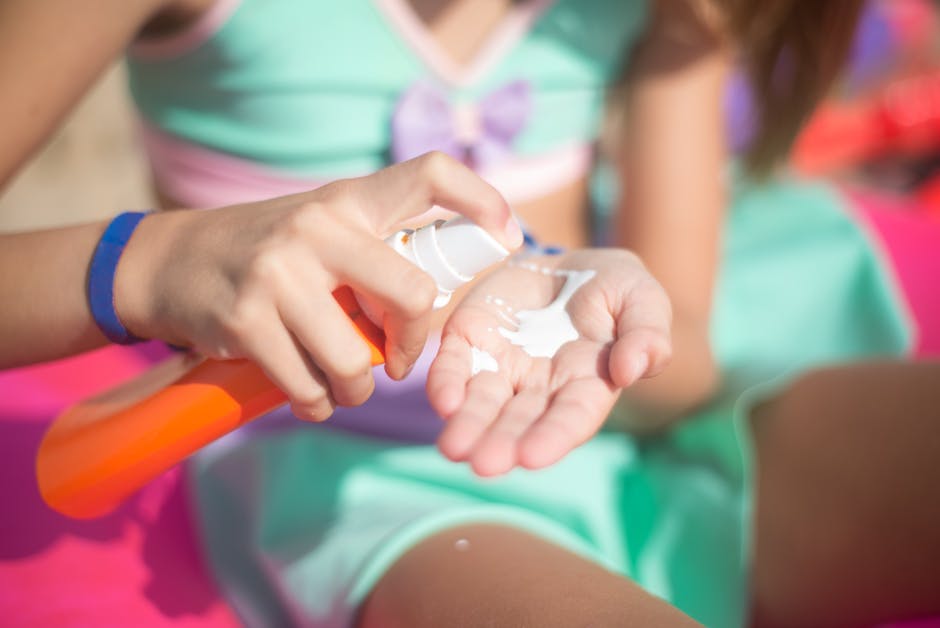Table of Contents
- Importance of Summer Skincare Routine
- Role of Moisturizer in Skincare
- Significance of Sunscreen in Sun Protection
- Moisturizer Before or After Sunscreen?
- Benefits of Moisturizer First
- When to Apply Sunscreen First
- Optimal Summer Skincare Routine
- Conclusion & Next Steps
- FAQs: Moisturizer Before or After Sunscreen
Importance of Summer Skincare Routine
Understanding the Need for Protective Skincare in Summer
Moisturizer before or after sunscreen can make all the difference in how your skin looks and feels under the summer sun. Imagine waking up to dewy, supple skin that’s also fully shielded from harmful UV rays—no more midday tightness or post-sun dryness. In this guide, you’ll discover the science, pro tips, and simple hacks to layer like a dermatologist, ensuring your skin stays both hydrated and protected during every beach day, hike, or afternoon spent in the park.
As the sun shines brighter during the summer months, it’s crucial to enhance your skincare routine to protect your skin from the harsh elements. The heat, humidity, and increased sun exposure can play havoc on your complexion. For many, summer means outdoor adventures—barbecues, beach days, and hikes—so it’s vital to prioritize skin health.
A personal anecdote comes to mind: last summer, a friend spent an entire day at the beach without sunscreen and paid the price with a sunburn that took weeks to heal. This experience highlights the critical need for protective skincare. Your skin deserves the best care to stay healthy and vibrant.
- Hydration: Keep your skin moisturized to combat the drying effects of sun and heat.
- Prevention: Use a broad-spectrum sunscreen with at least SPF 30 daily to shield yourself from harmful UV rays.
- Nourishment: Incorporate antioxidants into your routine to fight free radical damage.

Impact of Sun Exposure on Skin Health
Let’s face it—unprotected sun exposure can lead to unwanted consequences, including:
- Premature Aging: Sun damage can cause wrinkles and fine lines.
- Hyperpigmentation: Dark spots and uneven skin tone can occur with excessive sun exposure.
- Skin Cancer: Long-term exposure increases the risk of skin cancers.
Integrating a summer skincare routine that prioritizes protection will not only preserve your skin’s youthful appearance but also enhance its overall health. So, prepare to bask safely in the sunshine!
Role of Moisturizer in Skincare
Benefits of Using Moisturizer
Now that we understand the importance of protecting our skin during summer, let’s dive into a hero of skincare routines: the moisturizer. Utilizing a good moisturizer is a game changer, especially in the heat of summer. It’s not merely about adding a layer; it’s essential for maintaining your skin’s balance.
When I first started my skincare journey, I underestimated moisturizers. However, after experiencing dry patches from the sun and heat, I quickly learned their benefits. Here’s why a good moisturizer is crucial:
- Hydration: It helps to keep your skin hydrated, preventing it from feeling tight or parched.
- Protection: A moisturizer can provide a barrier that protects your skin from environmental stressors.
- Soothing: Ingredients like aloe vera can help calm any irritation from the sun.
How Moisturizer Helps in Hydrating and Nourishing the Skin
The way moisturizer works is fascinating. It acts as a lock to seal in moisture, making sure your skin doesn’t lose its essential hydration. Here’s how it nourishes and revitalizes your skin effectively:
- Water Retention: Helps bind water to the skin, maintaining a plump, youthful appearance.
- Nutrients: Many moisturizers are packed with vitamins and minerals that nourish the skin. Look for ingredients like hyaluronic acid or glycerin.
- Customizable: Different formulations mean there’s something for everyone—whether your skin is oily, dry, or mature, you can find a moisturizer that fits your needs.
Remember, choosing the right moisturizer, like a moisturizer for mature skin, can significantly enhance your summer skincare routine. Embrace this vital step to keep your skin glowing and healthy all summer long!

Significance of Sunscreen in Sun Protection
Importance of Sunscreen in Preventing Sun Damage
Having discussed the essential role of moisturizers, we can’t neglect the equally important aspect of sun protection: sunscreen. Imagine this—you’re spending a delightful day outside, but without sunscreen, you might be setting yourself up for a painful consequence. Sunburns are more than just discomfort; they can lead to long-term skin damage.
A friend of mine once underestimated the sun’s intensity during a picnic; he skipped sunscreen thinking he wouldn’t tan. After just a few hours under the sun, he was left with a painful sunburn that took weeks to heal. This experience cemented in us the crucial need for sunscreen. Here’s why applying it regularly is vital:
- Prevention of Skin Cancer: Regular use of sunscreen can significantly reduce the risk of skin cancer.
- Avoiding Premature Aging: Sunscreen protects against wrinkles and fine lines caused by UV exposure.
- Reduction of Hyperpigmentation: It helps prevent sunspots and uneven skin tone.
SPF and Its Role in Sunscreen Effectiveness
Now, let’s delve into SPF, or Sun Protection Factor, as it plays a pivotal role in how effectively sunscreen protects our skin. Understanding SPF is crucial for selecting the right product.
- What is SPF? SPF measures how well a sunscreen protects against UVB rays, the primary cause of sunburn.
- The numbers matter: An SPF of 30 blocks about 97% of UVB rays, while SPF 50 blocks around 98%.
It’s also important to note that higher SPF doesn’t mean you can stay in the sun longer; you still need to reapply every two hours!
Incorporating an effective sunscreen with a proper SPF into your daily routine can be a powerful tool in your quest for healthy skin this summer. Don’t forget—it’s just as important as that trusty moisturizer!
Order of Application: Moisturizer Before or After Sunscreen?
Effects of Applying Moisturizer Before Sunscreen
With the knowledge of how sunscreen protects us and the hydrating benefits of moisturizers, it’s time to tackle the million-dollar question: should you apply moisturizer before or after sunscreen? Let’s start by examining the effects of applying moisturizer first. This method is quite popular and, I’ll admit, it’s the approach I’ve used for years.
- Enhanced Absorption: Applying moisturizer before sunscreen allows your skin to absorb hydrating ingredients effectively without the barrier that sunscreen might create.
- Hydration Boost: The moisturizer locks in moisture, providing a supple base for the sunscreen, which can prevent your skin from feeling dry under sun exposure.
- Smoother Application: It helps create a smooth canvas for the sunscreen, making it easier to spread evenly.
In my experience, this order has made my skin feel refreshed and well-prepared for the day ahead.

Effects of Applying Sunscreen Before Moisturizer
Conversely, some people argue for applying sunscreen first. Let’s explore the potential effects of this method, although it’s less common.
- Barrier Protection: Applying sunscreen first means that your skin is getting the UV protection right from the get-go, creating a barrier against sun rays.
- Lightweight Feel: For oily skin types, applying sunscreen first may feel lighter, as you can avoid the heaviness of a thick moisturizer underneath.
However, this order can sometimes cause the moisturizer to dilute or interfere with sunscreen effectiveness, potentially leading to uneven coverage.
Ultimately, the choice between these methods comes down to personal preference and skin type. Experimenting with both approaches can help you discover what feels best for your unique skincare routine. Whichever order you choose, don’t forget to reapply your sunscreen throughout the day for optimal protection!
Optimal Skincare Routine for Summer
Recommendations for Using Moisturizer and Sunscreen
Now that we’ve explored the crucial elements of moisturizers and sunscreens, it’s time to create an optimal skincare routine for those hot summer days. Integrating both products correctly can make a significant difference in how your skin behaves under the sun.
- Start with Clean Skin: Always begin with a gentle cleanser to remove any dirt and impurities.
- Moisturizer First: After cleansing, apply a lightweight moisturizer suitable for your skin type. If you’re using a moisturizer like L’Oreal, look for one that hydrates without clogging pores.
- Follow Up with Sunscreen: Apply a broad-spectrum sunscreen with at least SPF 30 on top. Don’t forget your ears, neck, and even the tops of your feet if they’ll be exposed!
For a personalized touch, experiment with brands or formulations to find what feels best for your skin.
Tips for Enhancing Sun Protection with the Right Skincare Routine
To take your sun protection up a notch, consider these tips to fortify your skincare regimen:
- Layer Wisely: Use products that are designed to work together. For example, some moisturizers even contain added SPF for convenience.
- Stay Hydrated: Drink plenty of water; hydrated skin is healthier skin.
- Reapply Regularly: If you’re outdoors, make it a habit to reapply sunscreen every two hours, regardless of the SPF.
- Seek Shade: Whenever possible, take breaks in shaded areas—simple, yet effective!
By incorporating these recommendations and tips, you’ll be well on your way to achieving healthy, protected skin this summer. Remember, consistency is key! Enjoy the sun while keeping your skin happy and safe.
FAQs: Most Asked Questions
1. Should I apply moisturizer before or after sunscreen?
Generally, apply moisturizer first to lock in hydration, then allow it to fully absorb before layering on sunscreen—especially mineral formulas—so they sit on top and block UV effectively.
2. How long do I wait between moisturizer and sunscreen?
Wait about 30 seconds to 2 minutes for your moisturizer to absorb fully. This short pause prevents dilution of the SPF and ensures an even sunscreen layer.
3. Can I mix sunscreen with my moisturizer?
No—mixing can dilute your sunscreen and compromise protection. Instead, choose a 2-step routine or opt for a moisturizer already formulated with added SPF (and still layer additional sunscreen on top).
4. Does it matter if my sunscreen is chemical vs. physical?
Yes—chemical sunscreens should be applied onto clean, dry skin before moisturizer so they can absorb, while physical (mineral) sunscreens sit on the surface and work best when applied after moisture.
5. Is a moisturizer with SPF enough on its own?
Moisturizers with SPF provide some protection but often fall below the recommended amount. Always layer on a dedicated broad-spectrum sunscreen (SPF 30 or higher) for complete coverage.
6. Will layering order affect oily or acne-prone skin?
For oily skin, use a lightweight, gel-based moisturizer first, then a non-comedogenic sunscreen. This order keeps pores clear while ensuring both hydration and UV protection.